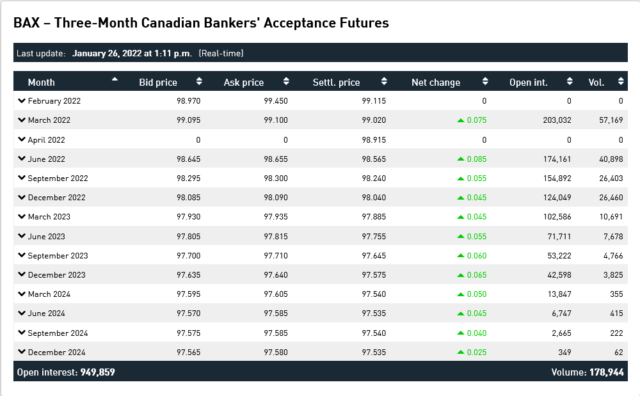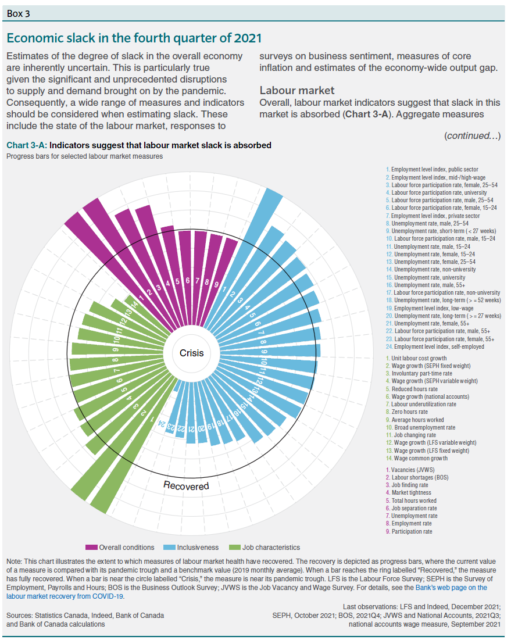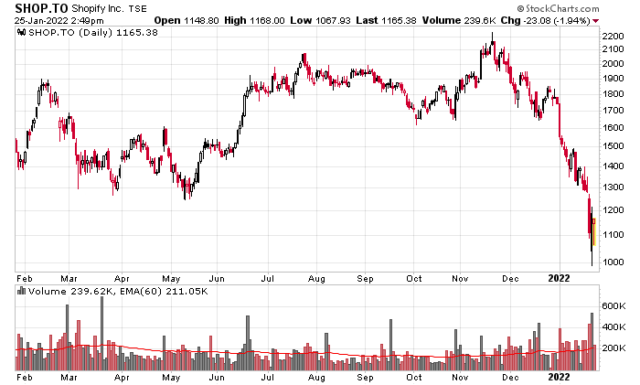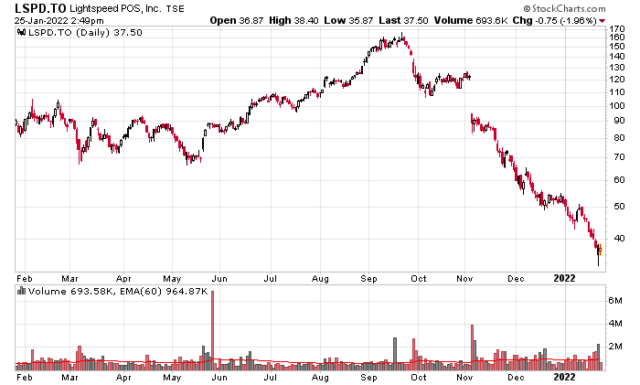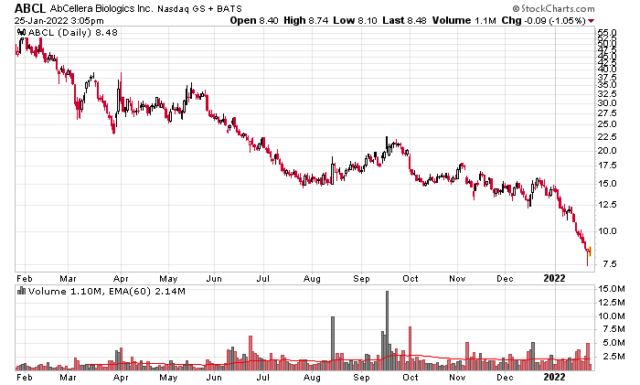Here is a good story for the “everybody wants to become a day trader” society I have been talking about during the Covid era.
If this article is to believed, some guy told his story about losing US$400k trading options on Robinhood. I will take this article at face value.
By the sounds of it, the person was in some sort of job that was synergistic with investing:
My job involves a lot of researching companies and trying to understand business and economic models. I like to read a lot, and there’s a lot of books on investing.
So the fellow got his start on investing in AMC and tripling it. Then he invested in silver and tripled that. Options are fantastic in that they can offer a degree of leverage that are only otherwise offered in casinos. Straight margin on equity only gets you at most 3x leverage (in addition to pesky interest expenses) so why not just go with the 94 octane?
Then this person took his life savings from his employment and his trading gains and wanted to make a big score, and he chose Alibaba.
Okay, I’m done with this. Now I want to buy a safe bet. And the safe bet was Alibaba. It had fallen from $330 to $245, but I had wanted to find a company where the price-earnings ratio was low, and every single analyst had a buy rating with like a 40-50% upside on it. Looking at all of TipRanks, my understanding was that this was a very, very safe bet with a limited amount of risk.
He found his vehicle: In-the-money call options (note BABA was at US$245):
Then I just went all in on this one single stock option: The $200 strike price call option on Alibaba.
Then he put everything into it, and believed his downside was limited.
I initially invested $300,000 in February, basically every single liquid asset in my account. Not retirement, but everything cash. I didn’t have anything left. My thesis was I might not make a lot of money, but I won’t lose much. The downside seemed limited, and that if worse comes to worse, it would go down to like $280,000.
It didn’t go well. But he decided to add:
Hey, this is gonna rebound. And as my salary came in, I saved another $100,000. So in July, I put in another almost $100,000.
The rest of the story is the trade going to zero and the person beating himself up for it.
It is one thing to learn lessons from your own mistakes. It is much more powerful to learn it from others. These lessons can be learned theoretically by sitting and thinking about it at a coffee shop or in bed, but in these days, thinking hurts a lot of people’s minds.
Lessons:
1) It is damaging for a beginning investor to be immediately successful, especially their first three trades. One will be convinced the game is easy and then proceed to bet more and more aggressively in their over-confidence until it blows up on them. The issue here is that a good investor should have a general sense of why their investments will move in the direction they anticipate. Getting the call itself correct is not good enough because the ‘why’ part of the question tells you what signs you need to look out for to get out.
In every investment, I have a general idea of what I’m looking for, and a general model in my head of what will cause things to rise or fall. Clearly if I’m anticipating an investment to fall, I don’t invest, but if you believe such an investment has longer-term potential, then this is an excellent way of testing your mental model of the company and what the market perceives of it. In general, if the company does something and the market reaction isn’t what you anticipated, it is important to examine why this occurs. There is no “one size fits all” prescription here – the intuition gets developed over many, many years (in my case over a couple decades) and most definitely can’t be learned in a few months of trading on Robinhood.
To summarize this – an investment requires you to get in, and there will be a price where you should be thinking about getting out. The “get out” point actually doesn’t need to be precisely calculated at the beginning – you can model a path in your mind for the company to get to some unspecified higher point – but without an idea of what to look out for throughout the course of the investment, you are flying blind. You might get lucky with a few trades just on sheer luck, but the variables that caused the trades to be successful will have just passed by your brain without being able to apply successful investment methodologies with future investments.
2) All eggs in a single basket. For low amounts of money (let’s say less than a quarter of annual income) I can accept an ‘all-in’ investment, but when dealing with 6-digit figures, then some component of diversification is required for reasons found in any first year finance textbooks. An asteroid might crash into the headquarters of the company. Natural disasters happen. Accounting fraud happens. I won’t talk about the obvious benefits of some diversification. Diversification these days is exceptionally cheap – you spend 10 commissions and can build up your own private ETF of 10 companies. If your portfolio is $10,000 then your one-shot first year MER is effectively 1% which is under most actively traded funds.
This guy put it all into BABA. Even if this guy put half of it into BABA and half of it into almost anything else, there would have been some degree of salvage.
3) Using call options. Options require people to bet against specific sets of variables other than the direction of the stock. If somebody has positive conviction on a stock to that degree, by most accounts it is better to simply buy equity on margin. One justification of using options would be if the options were offered at low volatility, but in the case of BABA this was not so. The usage of call options brings me to my next point, which is…
4) Using deeply in the money call options. If you had to use options and you were bullish on the stock, it makes sense to use out-of-the-money call options, which will result in a lesser amount invested in order to achieve the same delta. The scenario this person was prescribing used the wrong tool for his outlook. In addition, deeply in or out of the money options typically trade at much higher spreads, which increases the cost of trading significantly compared to using equity on margin.
5) Using P/E ratios, analyst price targets, and “TipRanks” as a measure of safety. A low P/E might be one clue, but all other underlying factors have to be examined. Why is the market letting you have this low P/E stock for so cheap? – this question must always be answered. Clearly in the case of Alibaba, a major variable in the valuation that was entirely missed by the person in question was the impact of Chinese government policy on technology firms at the time, and the perception of international investment in the country, rather than the P/E or what some analysts think the price target should be.
6) Adding to a losing position. There are times to add to a losing position. There are times to just leave it. There are times to just jettison the thing when it drops from your initial investment price. The lesson here is that you do not have to make up losses in the same stock you lost money from.
Hopefully these lessons can be ingrained in your investment psyche without having to experience what this fellow did, and if you must learn the lesson by losing money, do it with a much lesser sum of capital.
